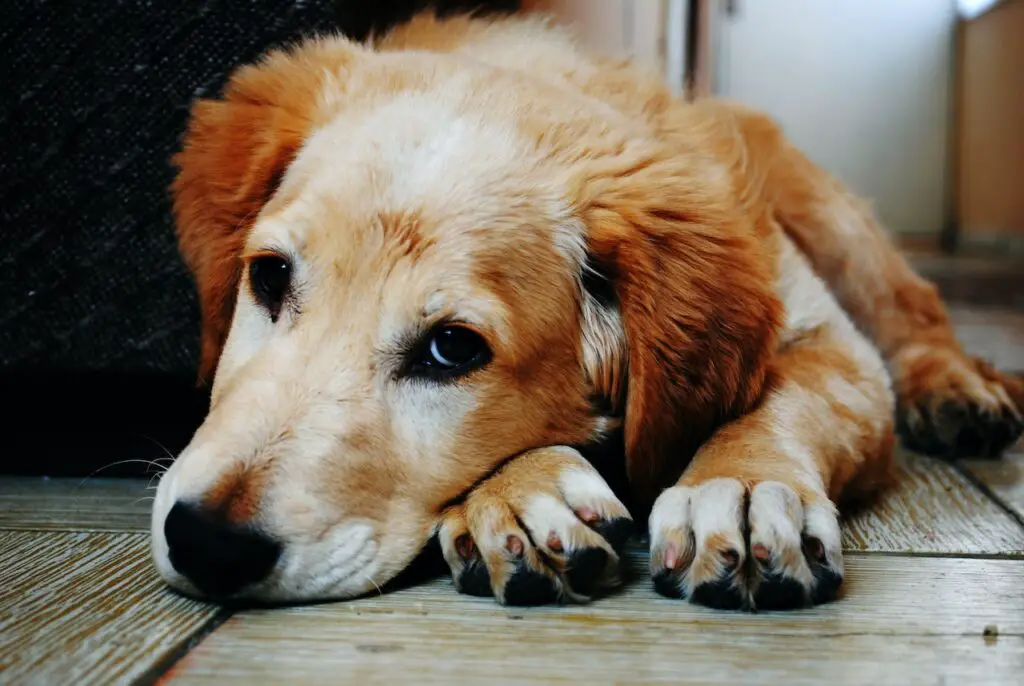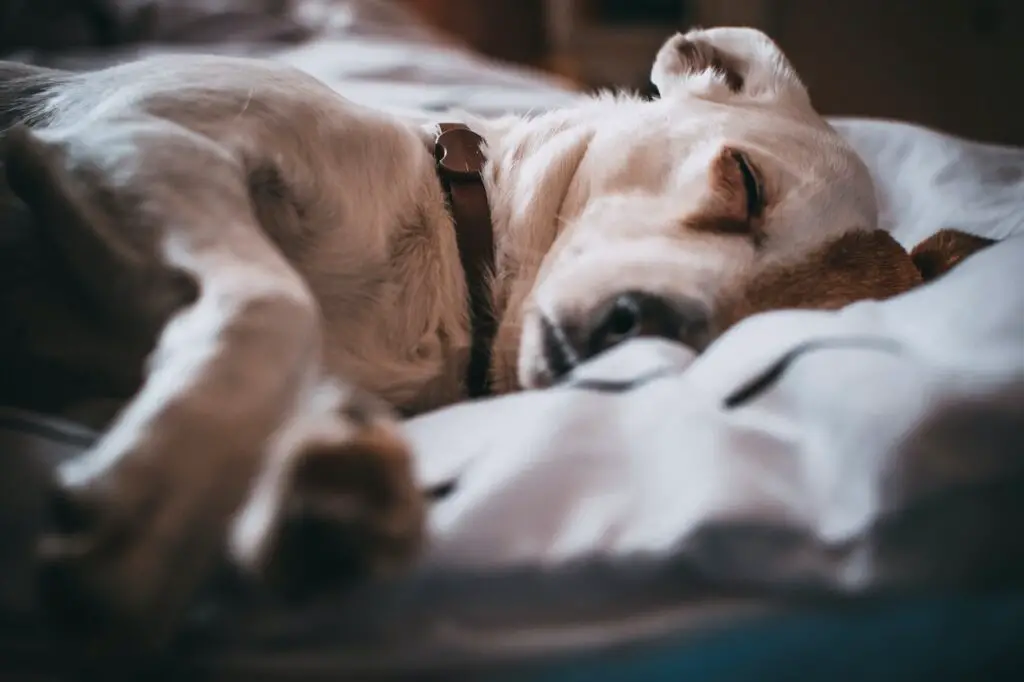If your puppy comes down with parvo, it’s natural to wonder if your furry friend will survive the illness and what you can do to help. In this article, I’ll discuss the signs and symptoms of parvo.
Contents
Puppies & Parvo
Survival of a puppy with parvovirus depends on a number of factors, including the puppy’s age, the severity of the illness, and how promptly treatment is initiated. With early detection and prompt and aggressive treatment, puppies have a great chance of survival.
Parvovirus is a highly contagious virus that can be fatal to puppies. It attacks the digestive system, causing severe vomiting, diarrhea, and dehydration. It’s difficult to witness a cherished pet suffer from this sickness, and many pet owners wonder how they can tell if their dog will survive.
Early Detection Is Key
The key to increasing the chances of a puppy surviving parvo is early detection and treatment. Puppies with parvo may become lethargic, lose their appetite, and have bloody diarrhea. If your puppy exhibits any of these symptoms, bring them to me so I can immediately check them.
Diagnosis
A physical exam, a fecal test, and a simple blood test will allow me to diagnose parvovirus. The latter test looks for parvovirus antibodies in the puppy’s bloodstream. If the result is positive, I start treatment immediately.
Treatment
Treatment of parvo usually requires hospitalization in the most severe cases and especially in puppies, which are the most vulnerable to its effects. The puppy will need intravenous fluids to combat dehydration resulting from vomiting and diarrhea and to maintain electrolyte balance.
Dogs with parvo are susceptible to secondary bacterial infections due to their weakened immune system. Antibiotics may be prescribed to prevent or treat these infections. Parvo can cause gastrointestinal pain and discomfort in dogs. Pain relief medications, such as opioids or nonsteroidal anti-inflammatory medicines, can aid.
Dogs with parvo often lose their appetite and may be unable to keep food down due to vomiting. Nutritional support, such as a special liquid diet or feeding tubes, can help provide the necessary nutrients for the dog’s recovery.
Prognosis
Puppies that receive prompt and aggressive treatment have a much higher chance of survival. However, if it is delayed or the infection is severe, the survival rate can be much lower. It is important to come to our clinic immediately if your puppy shows signs of parvo to increase its chances of survival.
Among the symptoms that you should pay attention to are lack of appetite, lethargy, abdominal pain, vomiting, bloody diarrhea, and fever. Acting quickly at the onset of any of them might give you certainty about knowing if your puppy will survive parvo.
Recovery
Parvo recovery can be a lengthy procedure. The dog might be with us for several days or possibly weeks. Once the puppy is getting better from Parvo and well enough to go home, it will require ongoing treatment and follow-up care.
How Can You Prevent Your Puppy From Getting Parvo?
Vaccination is the most effective strategy to protect your dog and not have to worry about if your puppy will survive parvo. Puppies can begin receiving vaccines as early as six to eight weeks of age and continue every three to four weeks until they are sixteen weeks old.
Adult dogs should have a booster immunization once a year. It is also critical to avoid exposing puppies to parvo-infected places such as dog parks, pet stores, and kennels until they are completely vaccinated.
Furthermore, good hygiene, such as washing your hands after handling other dogs or their feces, can help prevent the virus from spreading.
How Can You Disinfect Your House After a Parvovirus Outbreak?
To adequately disinfect your home during a parvovirus outbreak, you should do the following:
- Use bleach diluted to 1 part bleach to 30 parts water. Apply the diluted bleach solution to contaminated areas like floors, crates, bedding, and toys.
- Let it soak in for at least 10 minutes before rinsing it with water and letting it air dry.
- Steam clean any carpets, rugs, and upholstered furniture. The high heat will help kill the parvovirus.
- All bedding, blankets, and towels should be washed in hot, soapy water before bleaching or ammoniating. Tumble dry at high temperature.
- Disinfect backyard areas like kennels, dog houses, and fences where your dog may have been.
- Use commercial disinfectants. Look for ingredients like sodium hypochlorite, peroxide, chlorine dioxide, or glutaraldehyde.
- Mop or wipe down walls and baseboards, especially in areas where your dog frequented.
- Keep cleaning and disinfecting for at least four weeks to break the parvo cycle in your home.
- Quarantine any new puppies during this period before bringing them into a formerly infected home.
Related Questions
Here are some related questions about parvovirus:
How Is Parvo Virus Transmitted?
The most common source is contact with ill pets. The virus is shed in its feces and can survive in the environment for months to years. Dogs can get Parvo by sniffing infected feces or licking it or contacting polluted objects.
Parvovirus can also be transmitted from mother to puppy during pregnancy or through the milk during lactation. Puppies under 16 weeks of age are particularly susceptible to infection because their immune systems are not fully developed.
Is Parvovirus Transmissible to Humans?
Parvovirus is not contagious to us or to other animal species. However, we can be a transmitting agent of it from one dog to another, carrying it on our clothes or shoes.
To avoid being part of the chain of contagion, we should wash our hands and change our clothes if we suspect that we have been in contact with an infected dog or objects in its environment.
What Are the Long-Term Effects of Parvo on Puppies?
Not all puppies who survive parvo will experience long-term effects. The severity of the infection and the effectiveness of treatment play a significant role in determining the extent of any long-term health issues.
Damage to the digestive tract, as well as damage to the immune system, is a typical long-term result of parvo, and puppies may develop neurological difficulties in some circumstances.
Conclusion
Parvo is a serious illness that can be fatal for puppies, yet with early detection and treatment, the chances of survival are greatly increased. This is why you should be aware of the symptoms and, if you suspect an infection, bring your puppy to me as soon as possible.



